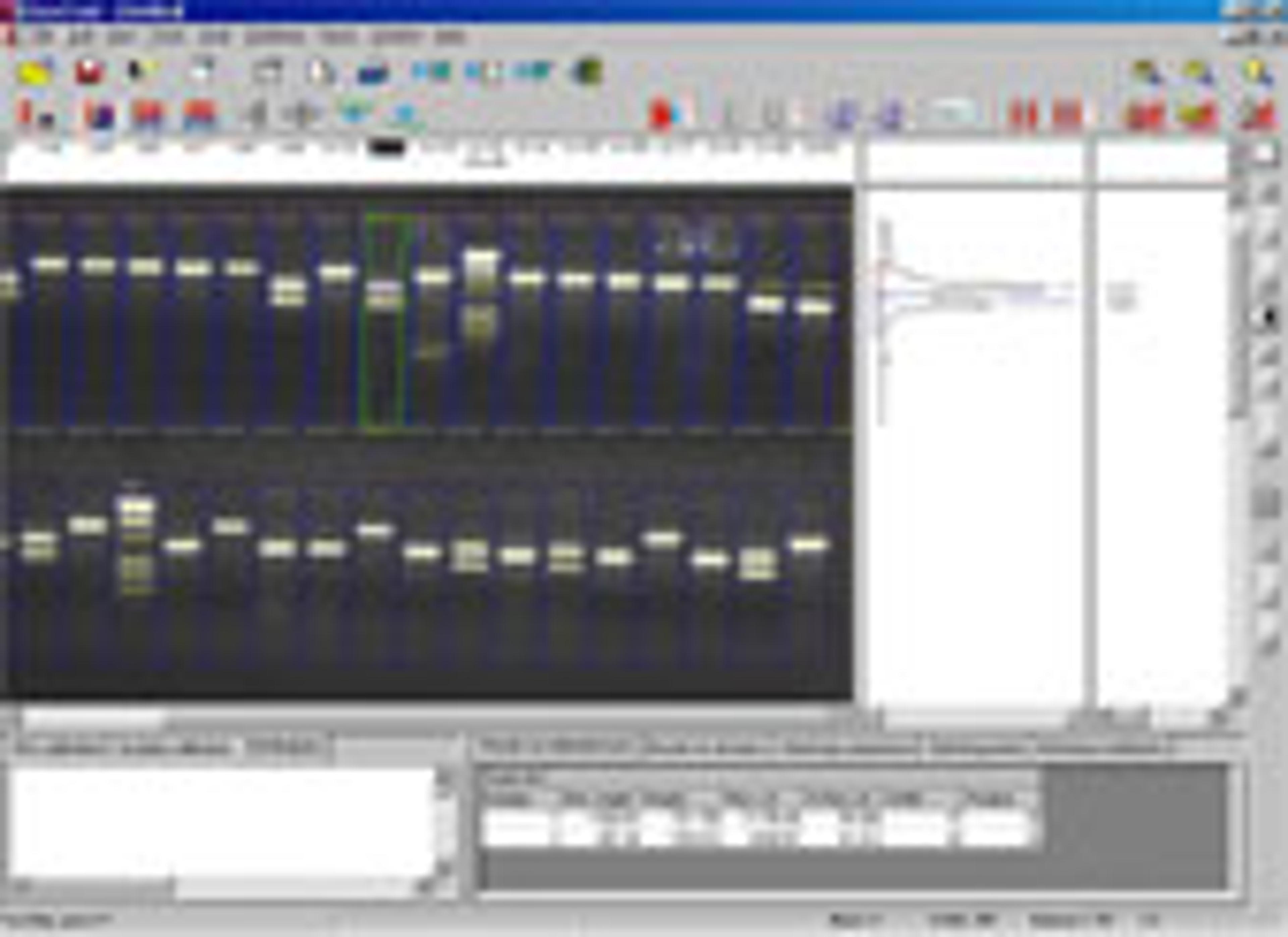National Heart and Lung Institute Uses G:BOX Chemi HR16 Imager To Help Identify Proteins Associated with Heart Disease
30 Oct 2007Syngene, a world-leading manufacturer of image analysis solutions, is pleased to announce that the G:BOX Chemi HR16, its innovative imaging system, is being used at major UK research centre, the National Heart & Lung Institute (NHLI), to assist in identifying proteins associated with cardio-myopathy.
Researchers at the NHLI are using the G:BOX Chemi HR16 system fitted with a 9-position filter wheel to visualise 1D gels of proteins stained with Pro-Q® Diamond, SYPRO® Ruby and Pro-Q® Emerald (Invitrogen). These images are then being analysed with GeneTools, Syngene’s market leading software to quantify the amounts of phosphorylated and glycosylated proteins present in diseased human and mouse heart tissues. The results of this research could ultimately help to determine which proteins are associated with different cardiac diseases.
Dr Clare Gallon, a Research Associate in Cardiac Medicine at the NHLI said: ”We routinely use the G:BOX Chemi HR16 many times a day for imaging a variety of fluorescently stained proteins from cellular heart extracts. The system provides excellent sensitivity allowing us to see even very small amounts of expressed proteins, and using the GeneTools software, image analysis is rapid, making it easy for us to obtain accurate results immediately.”
“We are so pleased with the performance of the G:BOX Chemi HR16 that we have had a Qdot filter fitted to extend the system’s future application range to imaging different coloured Qdot labelled proteins on single Western blots,” added Dr Gallon.
Laura Sullivan, Syngene’s Divisional Manager stated: “The G:BOX Chemi HR16 is one of our newer imaging systems so we are delighted it is being regularly used at such an internationally respected centre. The National Heart and Lung Institute is well known for producing high quality research and it is a ringing endorsement of the system’s excellent performance to see the G:BOX Chemi HR16 becoming an integral part of critical studies to identify proteins associated with heart disease.”


